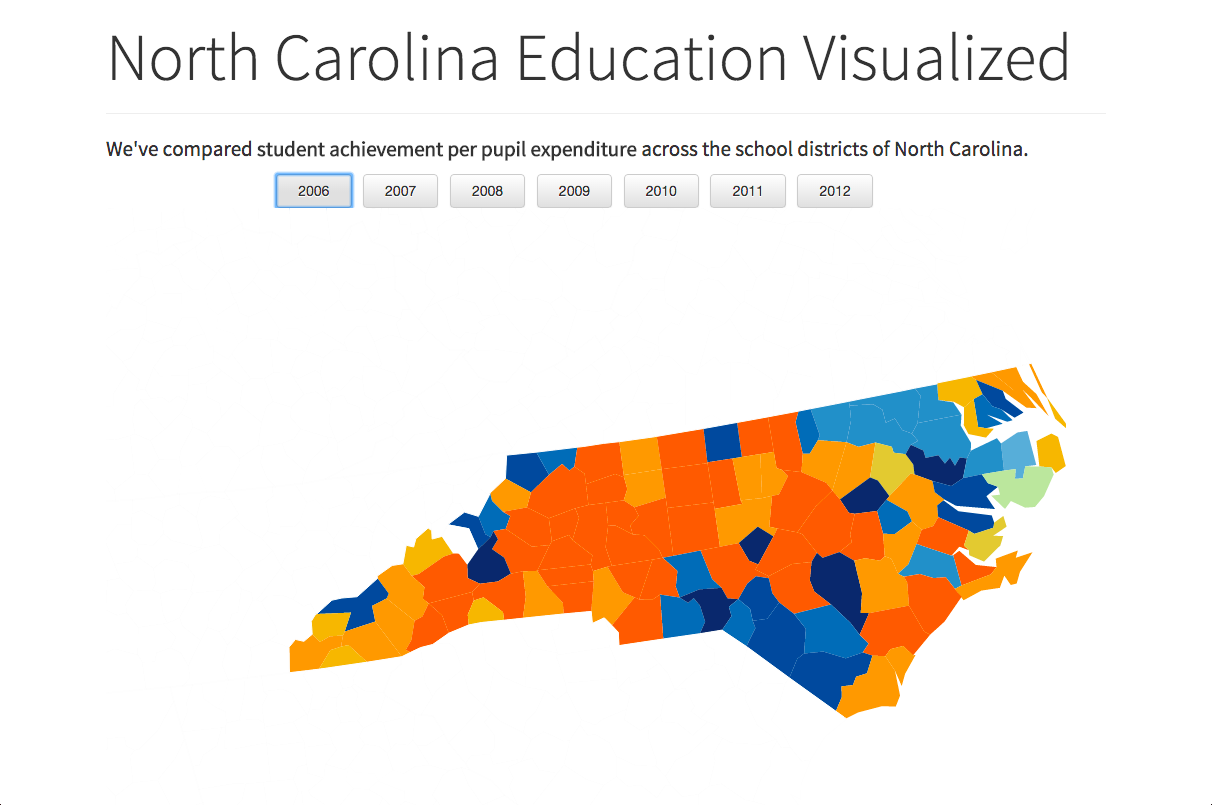

I would like to offer one case study that I believe strikes an interesting balance between quantitative and qualitative representation of life and death. But how can the visual representation of data achieve a compassionate response? And could it do that without first evoking a certain level of empathy? And beyond that, wouldn’t a desensitized quantified view dehumanize these questions and prevent us from a deeper understanding of the human problems just because they cannot be framed numerically? Our policies are improved when we appreciate that a hundred deaths are worse than one, even if we know the name of the one, and when we acknowledge that the life of someone in a faraway country is worth as much as the life a neighbor, even if our emotions pull us in a different direction.״īloom goes on to differentiate between empathy and compassion, which he prefers. ״…our public decisions will be fairer and more moral once we put empathy aside. In the epilogue to his upcoming book, The Truthful Art (March 2016) Alberto quotes psychologist Paul Bloom who argues Against Empathy : In a personal conversation Alberto Cairo argued that “…By hiding faces, we reduce empathy, which might be actually good, as it lets us approach issues in a more dispassionate and neutral manner”.

It might even be considered irresponsible to foreground individual stories. Rather it was the horrifying images of baby Aylan Kurdi’s body washed up to shore.īut is that a good thing? Some would argue that when we’re trying to make the best decision, we should actually detach empathy and other emotions, especially when it comes to public policy. More recently it was not the statistics and charts that reframed the global debate about the Syrian refugee crisis. A lot has been said and written about how the number 6,000,000 is way beyond our human grasp and how a single child’s story like Anne Frank’s Diary can do so much more to convey the horrors of life and death under Nazi occupation.

It’s as if our human experience is set aside and the trust in numbers is framed as a single point of departure.Įmpathy is defined as the capacity to understand or feel what another person is experiencing from within the other person’s frame of reference, i.e., the capacity to place oneself in another’s position. Most of them indeed jumped quickly over the human experience and right into the numbers that are somewhat removed and can be meticulously measured and objectively compared. I immediately looked up my favorite visualizations positioned at the center of human rights campaigns and meant to spring us into action. One late coming tweet from Alberto Cairo (author of The Functional Art and the upcoming The Truthful Art) particularly stuck with me: “I am just very skeptical to the idea that data visualization is a medium that can convey (or even care about conveying) or increase See screenshot /fdaEqnbk5Vĭid we always know that about visualization but preferred not to talk about it? Does the mere sight of a chart simply shut us down to human empathy? Do these visual puzzles set our brains in a rational decoding mode, devoting all of its cycles to the evaluation of quantitative data in the expense of everything qualitative, like for instance, the human experience? Is that what we want? Um, data viz people? What are your thoughts on super pretty visualizations of Hiroshima for today's anniversary? -_. The visually pleasing infographics generated a heated Twitter debate on the estheticization of this horror and the reduction of human crimes and tragedies to statistics and abstract graphics. If I look at the one, I will.” -Mother TeresaĪ set of beautiful data visualizations recently published in Popular Science commemorated the 70th anniversary of the Atom Bomb that wiped out Hiroshima and its inhabitants.
DATA VIZ MAILIST SERIES
Can dataviz evoke empathy? Should it even? And if so how? First post in a series towards The Responsible Data Forum on the topic of Data Visualization, Jan 2016, NYC.


 0 kommentar(er)
0 kommentar(er)
